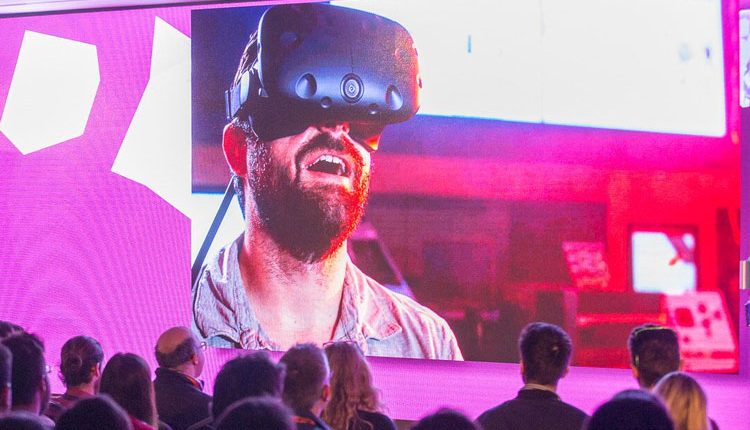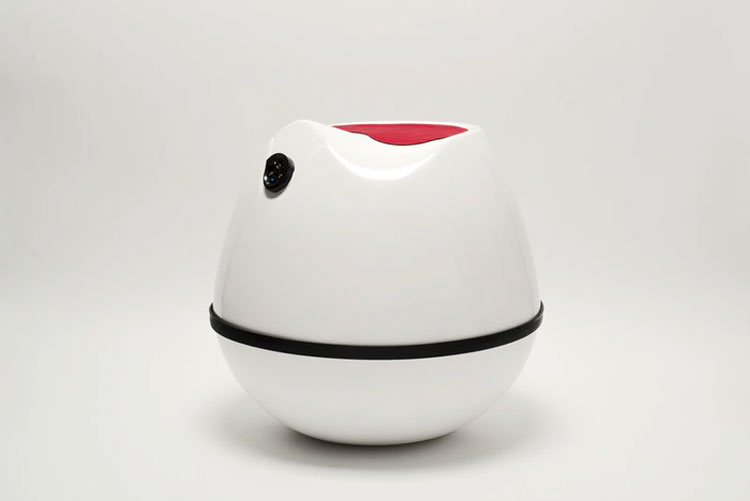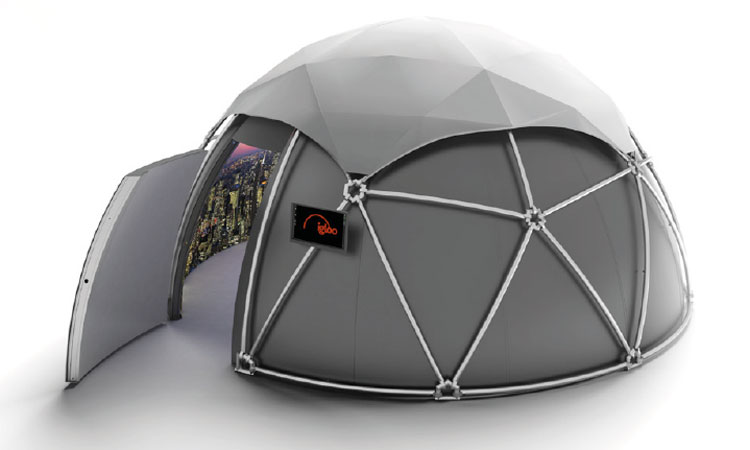Hosted in the center of Bristol Millennium Square, 11th-13th April 2017 the VR World Congress (VRWC) was divided into conferences and an expo, with an impressive speaker list made up of representatives from AMD, Google, Microsoft and HTC.
Surprisingly Vive were not at the VRWC as an exhibitor, but as an attendee, as Graham Breen, Senior Manager of Product Manager at Vive told eeDesignIt: “Vive didn’t have our own stand at VRWC but we were really excited to see the number of stands where the headset of choice was Vive. It’s an important opportunity for us to meet developers and understand the areas they’re working on, as well as listening to what works for them and also how we can support them.”
The expo could be categorized by content, content creation, navigation solutions, displays and headsets.
My interest was first drawn to the navigation solutions – a sizable problem within VR – how to move around the content without walking into a door?
A walk along the exhibits led me to VRGO, ‘a revolutionary Virtual Reality chair designed to immerse you in the full gaming experience’, and spurred on by a fellow attendee, I hopped onto the space-hopper-esque ball, to give it a go.
Think of the Star Wars BB-8, or of a weeble if you can remember them, or failing that, just think of an idiot. That is what I looked like – let me explain.
Oculus Rift headset on and controller in hand, I got my bearings.
Tilt your hips forward to go forward, left for left, back to reverse – you get the idea. Sounds simple enough?
For me, it was similar to riding in a rodeo, except I was creating a bucking bronco effect, as a result of my frantic attempts not to fall off the precipice of a cliff – that is how real it felt.
Do factor in however, my severe lack of gaming ability, my lack of spacial awareness, my novice experience of using VR headsets in general, and the surprisingly sensitive response of the VRGO.
Lucky for me the headphones and headset blinkered my personal embarrassment as others witnessed what was a shockingly poor performance on my behalf.
Whilst I cried out in fear of falling off said orb, and continually walked into walls on the game (a result of my gaming prowess rather than the quality of the game), I lurched forward to grab my balance mid-air, forgetting it wasn’t real.
The game consisted of collecting magic mushrooms (not that sort) and battling a dragon, which in the end I defeated.
Honestly, it was a truly immersive experience that added a huge element of reality to the game for me, not to mention a great core workout that tested my stability.
But I can’t say I will be hopping on again until I’ve mastered some more basic gaming skills.
The VRGO was funded with Kickstarter and can be found here.
VR tech without being VR tech
The VRWC expo boasted some exciting VR tech, and some not-really-VR-tech-but-still-interesting-tech, which brings us to igloo, the ‘360° projection company’; which does exactly what it says on the tin.
An igloo-shaped structure which allows people to share ‘VR experiences’. I would however, change this to ‘VR content’ as you do not get the same sense of navigation. Yes you can turn your head to look at another part of the 360° screen, but it made for a removed experience, I might as well have been watching TV, or been at the cinema. It wasn’t ‘Virtual Reality’. It was watching content made for a Virtual Reality experience, split and overlapped across multiple projections.
- Virtual Reality: An artificial environment which is experienced through sensory stimuli (as sights and sounds) provided by a computer and in which one’s actions partially determine what happens in the environment.
Making Magic
In addition to the exhibit, there were also multiple conferences and talks. One in particular was worth highlighting.
Andre Elijah, architectural artist and owner of Opiat, gave a charismatic talk titled ‘Making Magic’.
He explained his company’s mission is to take you out of your comfort zone with their VR content. Afraid of swimming? Get into the pool without getting wet. Scared of roller coasters? Jump on a ride with the knowledge you definitely won’t fall out.
“Magic and perception are friends.”
“Don’t aim for the ordinary,” Elijah said. At Opiats they build transformative experiences. “Brands have to put people in situations they only dream about,” otherwise what’s the point?
Opiats has the ability to create content for brands, that allows users to experience something out of the ordinary, to create a lasting impression; front row seats at a concert, elaborate room-scale experiences (Elijah has recreated the entirety of rapper Drake’s mansion for VR).
He said that the brain remembers differently doing something as opposed to just viewing something. It also leads to a different narrative when sharing content with others, you didn’t ‘see’ something, you ‘did’ something.




Comments are closed, but trackbacks and pingbacks are open.